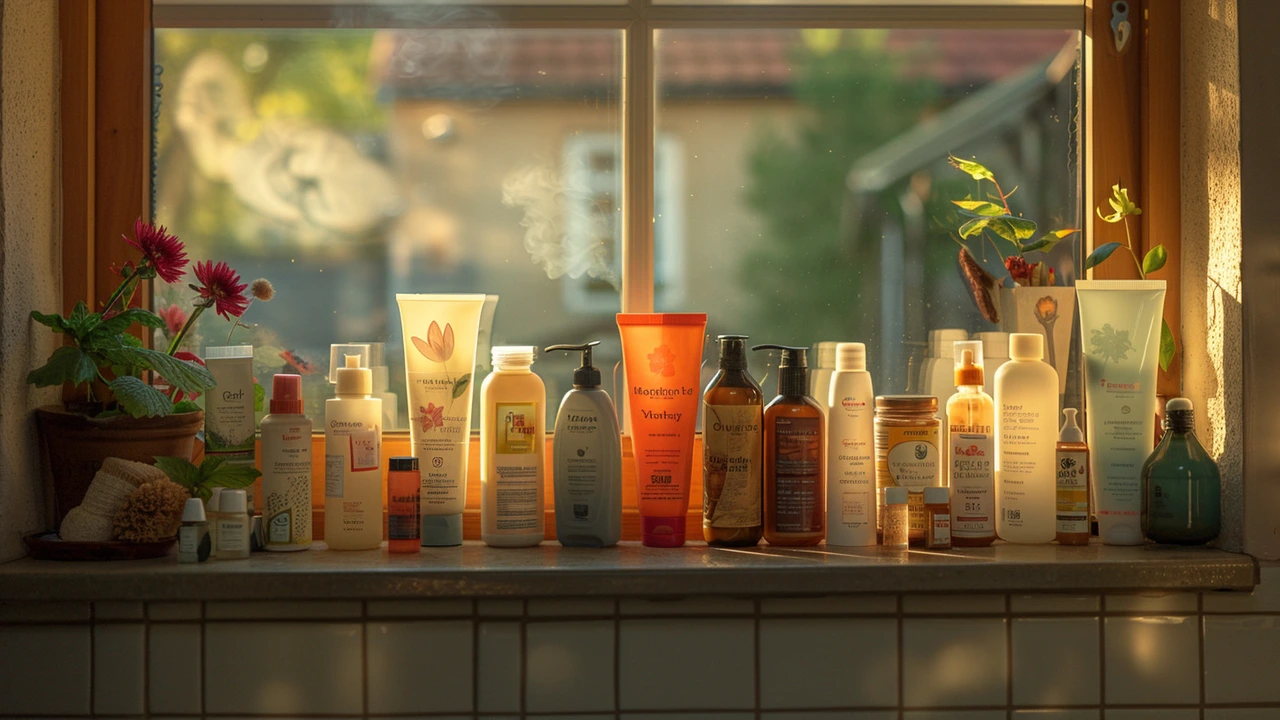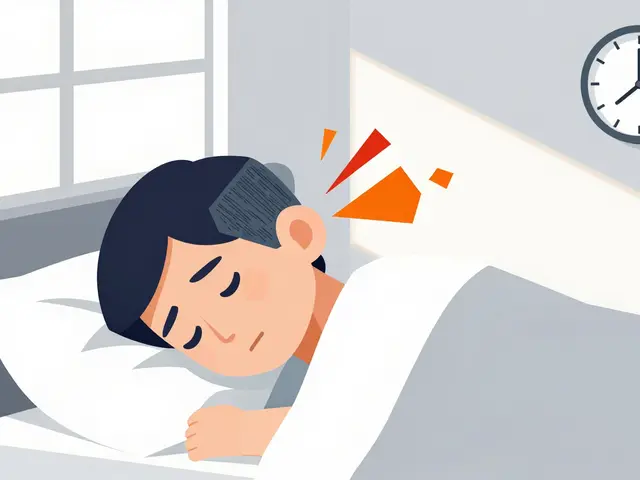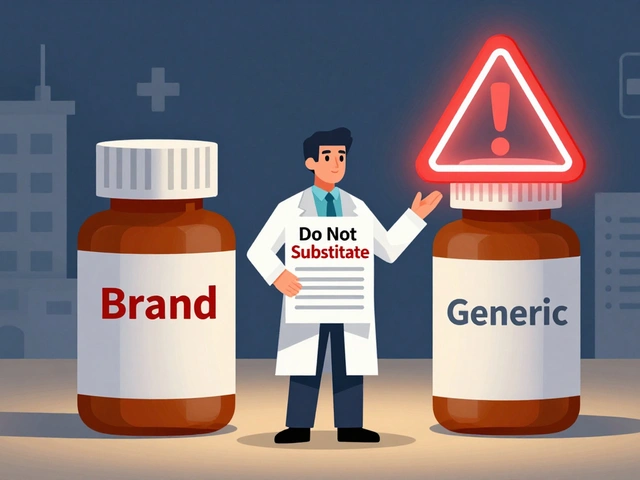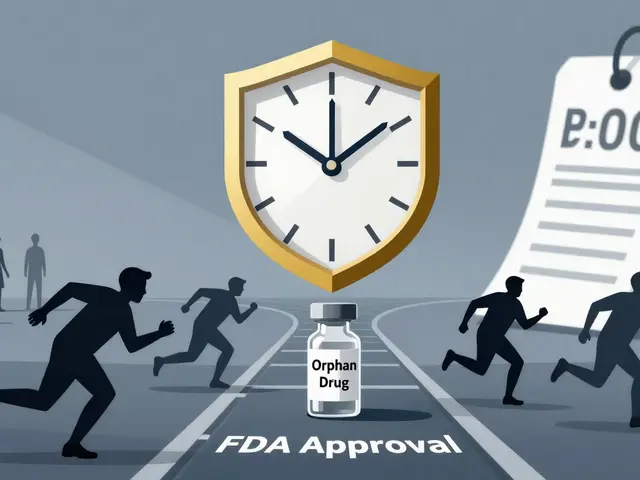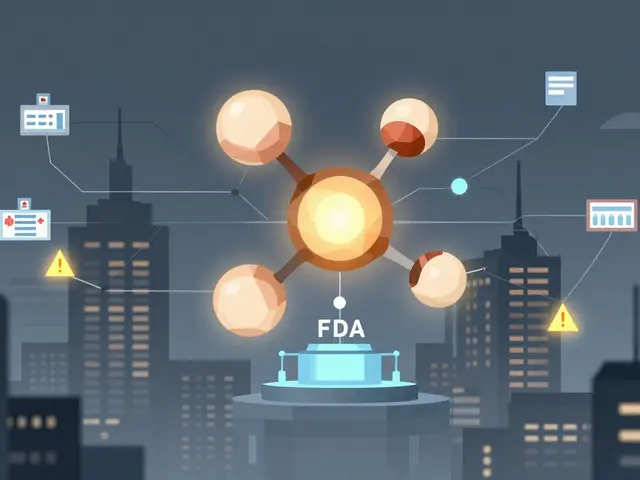Tretinoin: What It Does and How to Use It
Tretinoin is a topical retinoid often prescribed for acne, fine lines, and sun-damaged skin. You might know it by brand names like Retin-A or Renova. It speeds skin cell turnover, helps clear clogged pores, and can improve texture over time. Expect gradual changes, not overnight fixes.
Before starting tretinoin, check with your doctor if you are pregnant, breastfeeding, or using other strong skin treatments. In many places tretinoin requires a prescription—don’t mix it with other strong products until you’ve talked to a clinician.
How to Use Tretinoin Safely
Start small. Apply a pea-sized amount for your entire face at night, after washing and drying your skin. Dab it on key areas rather than slathering. If your skin is sensitive, begin every third night and then build up to nightly use over 2–4 weeks.
Keep your routine simple: gentle cleanser, tretinoin, and a moisturizer. You can apply moisturizer before or after tretinoin to reduce irritation—both methods work. Use a non-irritating, fragrance-free moisturizer.
Sunscreen is mandatory. Tretinoin makes skin more sun sensitive. Use a broad-spectrum SPF 30+ every morning and limit direct sun exposure. Wear a hat when you’ll be outside for long periods.
Avoid combining tretinoin with other harsh actives like strong AHAs, BHAs, or frequent chemical peels unless your dermatologist advises it. Benzoyl peroxide can deactivate tretinoin if mixed directly; if you need both, apply benzoyl peroxide in the morning and tretinoin at night, or follow your provider’s plan.
Side Effects and Practical Tips to Handle Them
Common side effects are dryness, redness, peeling, and temporary flaking. These are often worst in the first 2–6 weeks. If irritation is heavy, skip nights, cut to alternate-night use, or switch to a lower strength (0.025% → 0.05% → 0.1% are typical options).
Try the "short-contact" method if your skin can’t tolerate daily use: apply for 15–30 minutes, wash off, then moisturize; slowly increase contact time. Avoid waxing or strong hair removal in treated areas while using tretinoin—your skin will be more fragile.
Results take time. You may see pimples get worse before they improve. Many people notice visible improvement around 6–12 weeks; full benefits often take 3–6 months. Stick with the plan, unless side effects force a change.
Store tretinoin away from heat and light and follow your pharmacist’s storage instructions. If you have questions about pregnancy safety, mixing other meds, or long-term use, talk to your healthcare provider. They’ll help you pick the right strength and routine for your skin goals.
Choosing the correct tretinoin strength can make a significant difference in your skin care journey. This article explores different tretinoin strengths, how to match them with various skin types, and practical tips for integrating them into your skin routine.
Continue reading...

